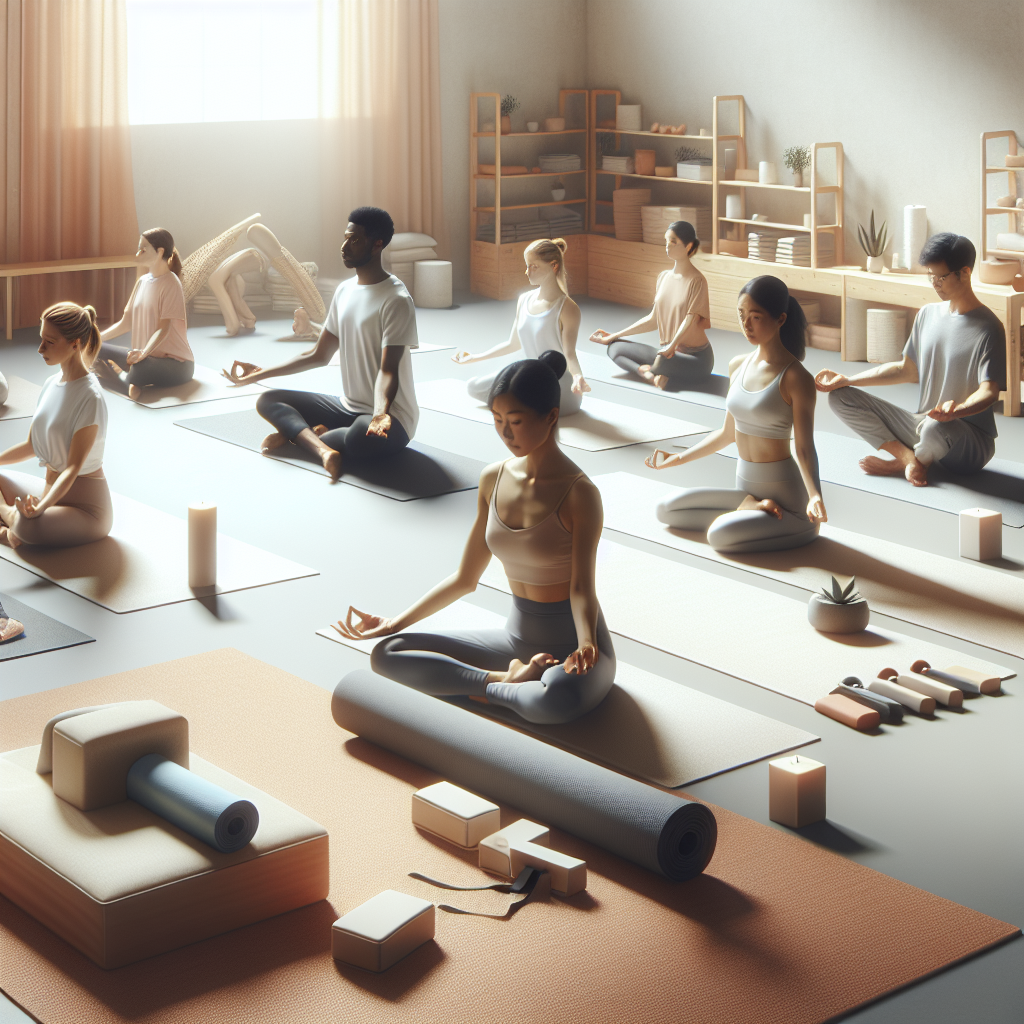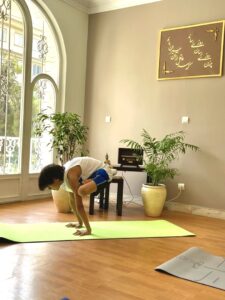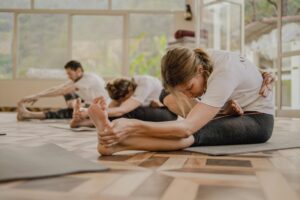
Arthritis, a condition characterized by inflammation and stiffness of the joints, affects millions of people worldwide. This chronic ailment can lead to pain, swelling, and decreased range of motion, significantly impacting the quality of life. While there is no definitive cure for arthritis, various treatments can help manage its symptoms. Among these, yoga has emerged as a gentle, effective practice that offers relief from arthritis pain while improving overall well-being.
Understanding Arthritis and Its Impact
Arthritis encompasses more than 100 different types, with osteoarthritis and rheumatoid arthritis being the most common. Osteoarthritis involves the degeneration of joint cartilage, while rheumatoid arthritis is an autoimmune disorder that targets the synovium, the lining of the membranes that surround the joints. Both can result in severe discomfort, limiting physical activity and impairing daily functions.
The impact of arthritis goes beyond physical pain; it can lead to emotional distress, affecting mental health and social interactions. Consequently, a holistic approach to managing arthritis is essential, addressing both physical and emotional well-being.
Yoga: A Holistic Approach to Pain Management
Yoga, an ancient practice originating in India, integrates physical postures (asanas), breathing techniques (pranayama), and meditation to promote balance, flexibility, and mental clarity. Its holistic nature makes it particularly suitable for managing arthritis, as it addresses both physical symptoms and psychological aspects of the condition.
Physical Benefits
1. **Improved Flexibility and Strength**: Regular practice of yoga helps maintain and improve flexibility, which is crucial for individuals with arthritis. Gentle stretching through various asanas can help prevent the stiffening of joints. Additionally, yoga builds muscle strength, providing better support to the joints, reducing the strain and potential damage.
2. **Enhanced Joint Health**: Certain yoga poses help increase blood flow and circulation to the joints, promoting the delivery of nutrients and the removal of toxins. This can support joint health and reduce inflammation over time.
3. **Pain Relief**: Through mindful movements and stretching, yoga can alleviate muscle tension and joint stiffness, providing relief from pain. The focus on breathing and relaxation also helps in managing pain perception.
Mental and Emotional Support
1. **Stress Reduction**: Chronic pain can lead to elevated stress levels, which may exacerbate arthritis symptoms. Yoga promotes relaxation and stress relief through deep breathing exercises and meditation, helping to lower cortisol levels and improve mood.
2. **Mindfulness and Self-Awareness**: Yoga encourages mindfulness, which involves being present in the moment and aware of one’s thoughts and feelings. For arthritis sufferers, this can lead to better management of pain and a more positive outlook on life.
3. **Emotional Resilience**: The meditative aspects of yoga can enhance emotional resilience, enabling individuals to cope better with the challenges posed by arthritis. This emotional strength can contribute to a higher quality of life.
Adapting Yoga for Arthritis
While yoga is beneficial, it is crucial to adapt the practice to accommodate the needs and limitations of individuals with arthritis. Here are some considerations:
Choosing the Right Style
1. **Gentle Yoga**: Styles such as Hatha, Iyengar, and Restorative yoga are well-suited for arthritis sufferers. They emphasize slow, controlled movements and the use of props, making them accessible and safe.
2. **Chair Yoga**: For those with severe mobility issues, chair yoga offers a modified practice that can be performed while seated, providing the benefits of yoga without the strain on the joints.
Working with a Qualified Instructor
1. **Personalized Guidance**: A qualified yoga instructor with experience in teaching arthritis patients can provide personalized guidance, ensuring that poses are performed correctly and safely.
2. **Progressive Practice**: An instructor can help design a progressive practice that gradually increases in intensity, allowing individuals to build strength and flexibility without overexertion.
Listening to Your Body
1. **Avoiding Overexertion**: It is crucial for individuals with arthritis to listen to their bodies and avoid pushing themselves too hard. Pain is an indication to stop or modify a pose.
2. **Consistency Over Intensity**: Consistent practice, even if gentle, is more beneficial than occasional intense sessions. Regularity helps maintain joint health and manage symptoms effectively.
Essential Yoga Poses for Arthritis Relief
The following yoga poses are particularly beneficial for individuals with arthritis, focusing on enhancing flexibility, strength, and balance:
Mountain Pose (Tadasana)
This foundational pose helps improve posture and balance, strengthening the legs and core. It encourages awareness and alignment, which are crucial for joint health.
Cat-Cow Pose (Marjaryasana-Bitilasana)
A gentle flow between Cat and Cow poses increases spinal flexibility and stretches the back and neck. It promotes mobility and relieves tension in the spine and surrounding muscles.
Tree Pose (Vrksasana)
Tree Pose enhances balance and strengthens the legs and core. It encourages focus and concentration, contributing to mental clarity and stability.
Bridge Pose (Setu Bandhasana)
This pose strengthens the back, glutes, and hamstrings while stretching the chest and shoulders. It promotes spinal flexibility and opens the hips.
Child’s Pose (Balasana)
Child’s Pose is a restful position that gently stretches the hips, thighs, and ankles. It provides relaxation and stress relief, allowing the practitioner to focus on breathing and mindfulness.
Breathing Techniques for Arthritis
In addition to physical poses, pranayama (breathing exercises) plays a vital role in managing arthritis symptoms:
Deep Belly Breathing
This technique encourages full diaphragmatic breathing, promoting relaxation and reducing stress. It can be practiced anywhere, providing immediate relief from tension.
Alternate Nostril Breathing (Nadi Shodhana)
Alternate Nostril Breathing balances the nervous system and enhances focus. It helps reduce anxiety and promotes a sense of calm, essential for managing chronic pain.
Ujjayi Breath
Also known as Victorious Breath, Ujjayi Breath involves slightly constricting the throat, creating a gentle ocean-like sound. It enhances concentration and regulates the flow of breath, supporting a meditative state.
Conclusion
Yoga offers a holistic approach to managing arthritis, addressing both physical and emotional aspects of the condition. Through gentle stretching, strengthening, and mindfulness, yoga can alleviate pain, improve joint function, and enhance overall well-being. By adapting the practice to individual needs and working with qualified instructors, individuals with arthritis can experience the numerous benefits yoga has to offer. Consistency, mindfulness, and a focus on self-awareness are key in harnessing yoga’s gentle relief for easing arthritis pain.
#ChatGPT assisted in the creation of this article.





